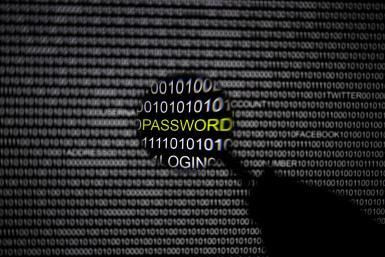WPA2 Global Data Breach: What You Need To Know And Do

A staggering number of devices across the globe are likely to be exposed to attack due to WPA2 breach, which occurred at 7 a.m. EDT Sunday. Hackers, who can interfere with personal and enterprise Wi-Fi networks, can take advantage of the vulnerabilities in the existing internet protocol.
The United States Computer Emergency Readiness Team has stated in its warning, “U.S.-CERT has become aware of several key management vulnerabilities in the 4-way handshake of the Wi-Fi Protected Access II (WPA2) security protocol. The impact of exploiting these vulnerabilities includes decryption, packet replay, TCP connection hijacking, HTTP content injection, and others. Note that as protocol-level issues, most or all correct implementations of the standard will be affected. The CERT/CC and the reporting researcher Mathey Vanhoef of OMEC-DistriNet Research Group, KU Leuven, will be publicly disclosing these vulnerabilities Oct. 16, 2017.”
What happens during the breach?
The breach allows the hacker to take over the Wi-Fi network and trick the victim into re-entering his Wi-Fi password. The hacker needs to be in close proximity to a Wi-Fi network to execute the attack.
"The core of the attack, hence its name, is that the attacker tricks the connected party into reinstalling an already in use key," Alan Woodward, a professor at the University of Surrey, said, ZDNet reported.
What does this breach signify?
If you are using any device that supports Wi-Fi, chances are that your device might be affected, according to Vanhoef.
However, the risk is higher for Android smartphone users. The researcher has pointed out that more than 40 percent Android devices are vulnerable to a Wi-Fi-based attack, which can result in consequences such as data theft.
This is not the first time that WPA2 vulnerabilities have been pointed out; however, this is not the first instance when such a large scale breach has occurred.
Possible solutions in sight
WPA2 offers the highest level of Wi-Fi security available currently and other options, which you might be able to find in your smartphone settings, such as WPA1 and WEP, are even less secure.
An alternative to WPA2 security is a specialized enterprise mode. But to enable this mode, the user needs to be connected to a separate server. Once the connection is made, the certificates of web clients the user is surfing, need to be verified, upon which the user would be provided a personalized password from his or her access point.
Another recommended solution for the users accessing a private internet connection would be to change the Wi-Fi password before you are prompted to re-enter the key.
Currently, no solutions have been offered by any company, but Google and Apple are expected to offer software patches that can fix the issue. The researchers recommend installing these patches as soon as they are available.
For critical data, it is recommended to avoid any data transmission over a Wi-Fi network. Instead, a user can go for an Ethernet or private data connection such as mobile data or data card.
© Copyright IBTimes 2024. All rights reserved.











